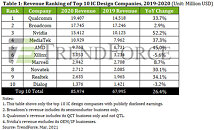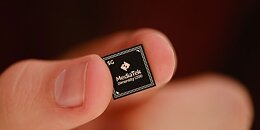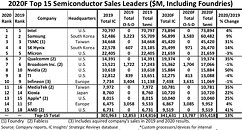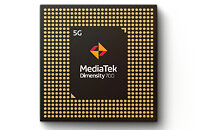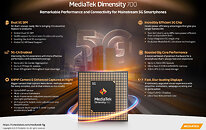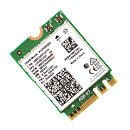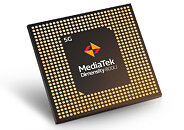
Acer Debuts New Large-Screen Chromebooks for Work, School and Entertainment
Acer today debuted four new Chromebooks that meet a range of customer needs, ranging from home and business users to hybrid workers and students. Equipped with the latest processors and sought-after features such as reliable Wi-Fi 6, video conferencing technology and durable designs, the new Acer Chromebooks keep customers connected, productive and entertained.
"Acer's expansive line of Chromebooks means that we're well-equipped to meet any sort of customer need—from display size, processors, durability, connectivity and more," said James Lin, General Manager, Notebooks, IT Products Business, Acer Inc. "Whether a customer needs a device for work, school or entertainment, we've got a Chromebook with exactly the features they're looking for."
"Acer's expansive line of Chromebooks means that we're well-equipped to meet any sort of customer need—from display size, processors, durability, connectivity and more," said James Lin, General Manager, Notebooks, IT Products Business, Acer Inc. "Whether a customer needs a device for work, school or entertainment, we've got a Chromebook with exactly the features they're looking for."
















